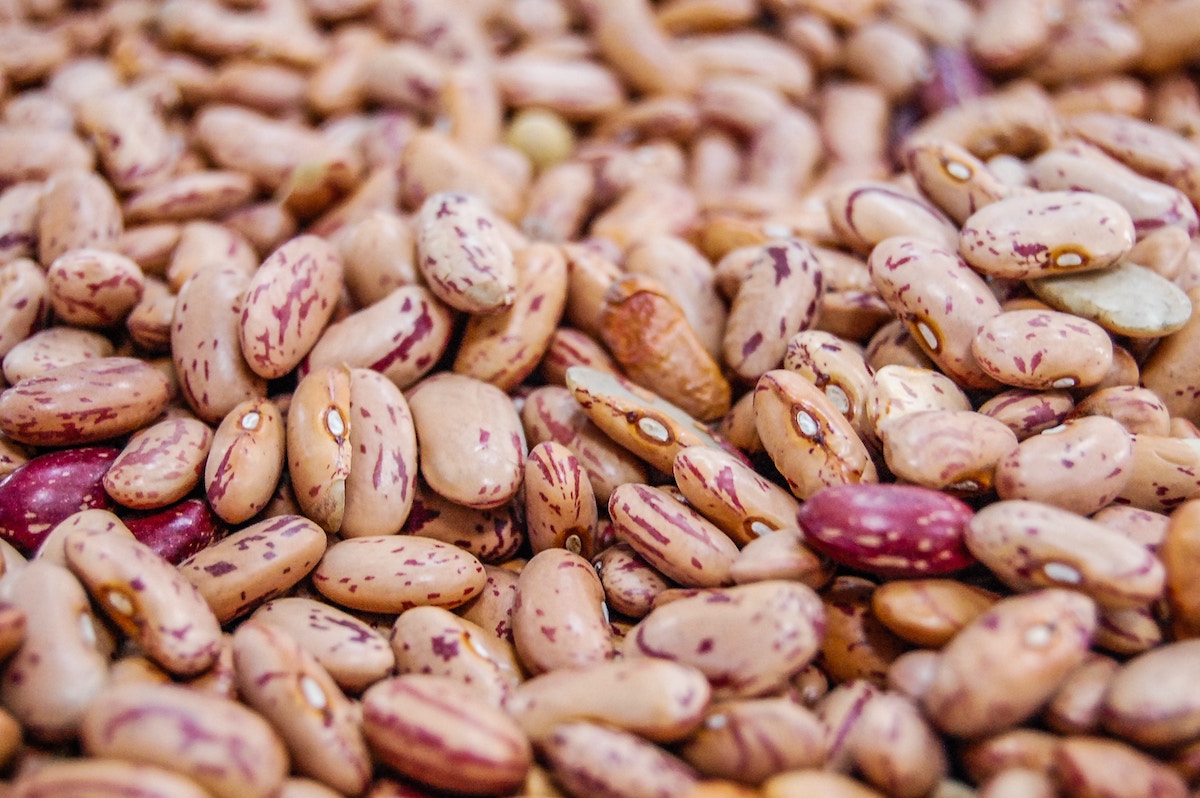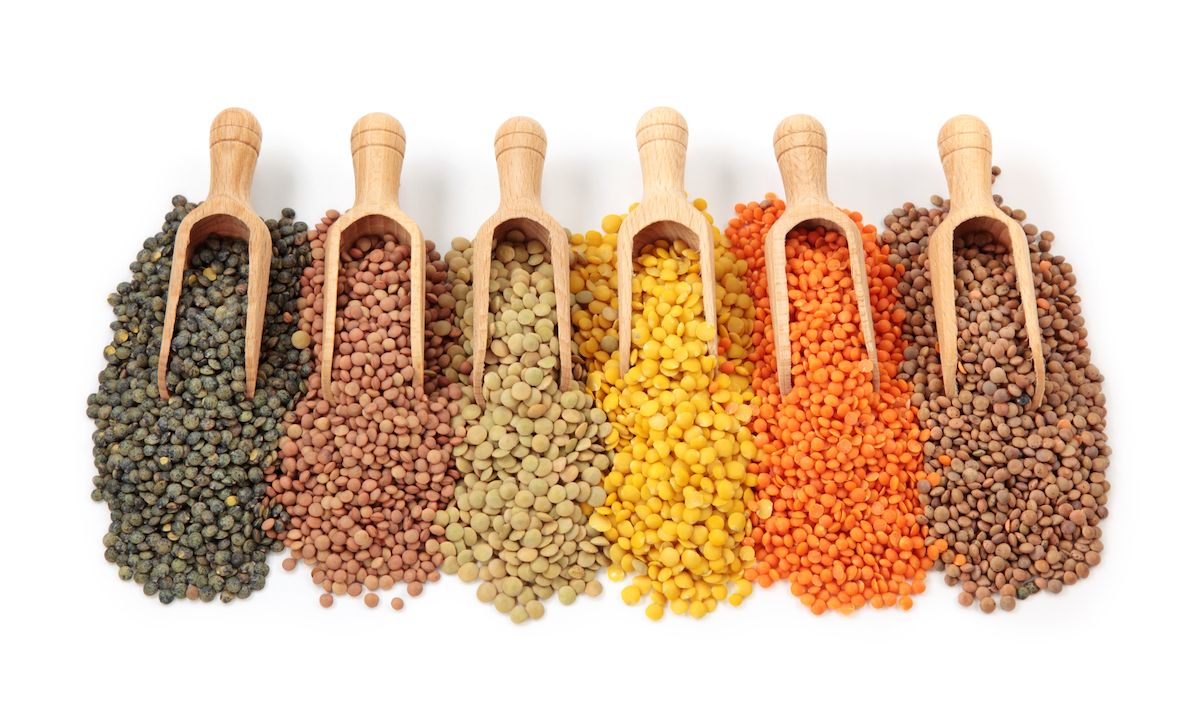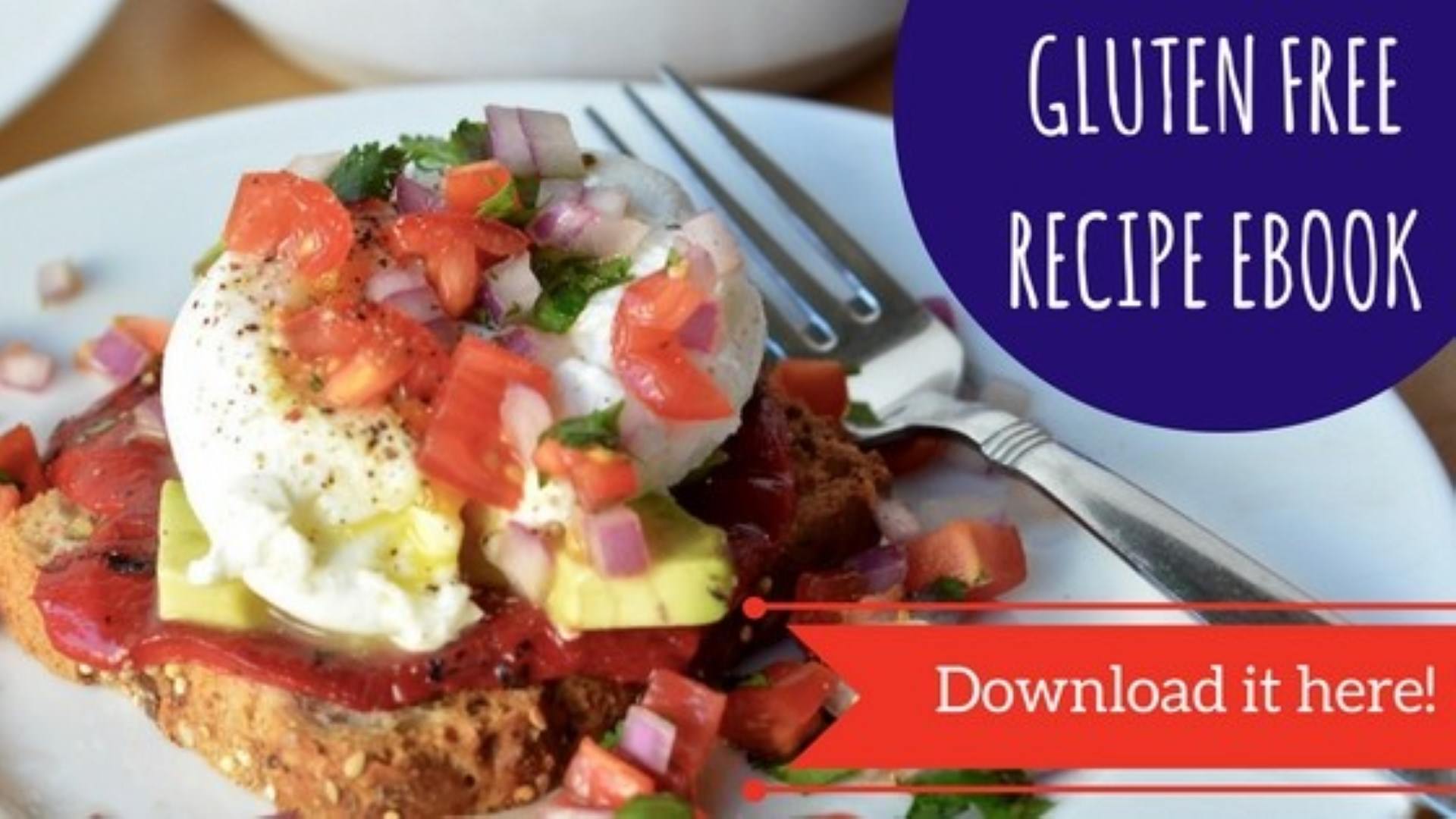- BY Susan Tucker
- POSTED IN Information
- WITH 0 COMMENTS
- PERMALINK
- STANDARD POST TYPE

Chances are, you have no idea what a “pulse” is and you’re not alone, as it’s documented that most American’s are not familiar with the term. But, we are here to help spread the good word! Let’s dive into this new (old, actually) superfood and how it can benefit your health.
What are Pulses?
Pulses are in the legume family, specifically, they are the edible seeds. According to the United Nations Food and Agriculture Organization (FAO), there are 11 types of pulses which include dried beans, lentils, dry peas, chickpeas, among others. Pulses are not crops that are harvest green such as green beans or green peas, as those are classified as vegetable crops. Also excluded are those crops used mainly for oil extraction such as soybean and groundnuts.
Pulses include all beans, peas and lentils, such as:
- baked beans
- red, green, yellow and brown lentils
- chickpeas (chana or garbanzo beans)
- garden peas
- black-eyed peas
- runner beans
- broad beans (fava beans)
- kidney beans, butter beans (Lima beans), haricots, cannellini beans, flageolet beans, pinto beans and borlotti beans
Back in 2016, the United Nations has officially declared 2016 the International Year of Pulses, so it’s only a matter of time before pulses make a resurgence. As it turns out, pulses have quite the history dating back to the hundreds of years. According to AGT Foods, “Evidence of cultivation of lentils has been found in the Egyptian pyramids and dry pea seeds have been discovered in a village in Switzerland dating back to the Stone Age. Archaeological evidence suggests that peas were grown in the eastern Mediterranean and Mesopotamia regions at least 5,000 years ago and in Britain as early as the 11th century.”
RELATED: How to Pack a Healthy Lunchbox
Pulses – Nutrition and so Much More
Pulses, it turns out, offer a lot in terms of nutrition, sustainability, and affordability. Nutritionally, they are packed with protein, containing twice the amount of protein typically found in whole grains. Additionally, pulses are chockful of iron, potassium, phosphorus, magnesium, and zinc, as well as B vitamins including folate, thiamin and niacin.
This superfood is also sustainable too. Pulses help contribute to climate change mitigation by reducing dependence on the synthetic fertilizers used to introduce nitrogen artificially into the soil which extends the productivity of the farmland.
For much of the world, a superfood that is also affordable is just as important as anything else, and pulses are that! For example, the cost per serving of lentils is $0.10 vs $1.49 for beef, $0.73 for pork, $0.63 for chicken. (Source)
If these reasons for trying pulses haven’t been convincing enough, here are a few more reasons to include more into your diet:
- They aid in weight loss – study after study has shown that pulses help you lose weight because they make you feel more full and have more energy.
- They’re super versatile – from soups and salad toppers to dips, smoothies, main dishes and even desserts, pulses can be whipped up to be tasty at any meal.
Adding more pulses to your diet is not only easy but affordable and tasty too! What recipes containing pulses are your favorites? Share them on our Facebook page.



